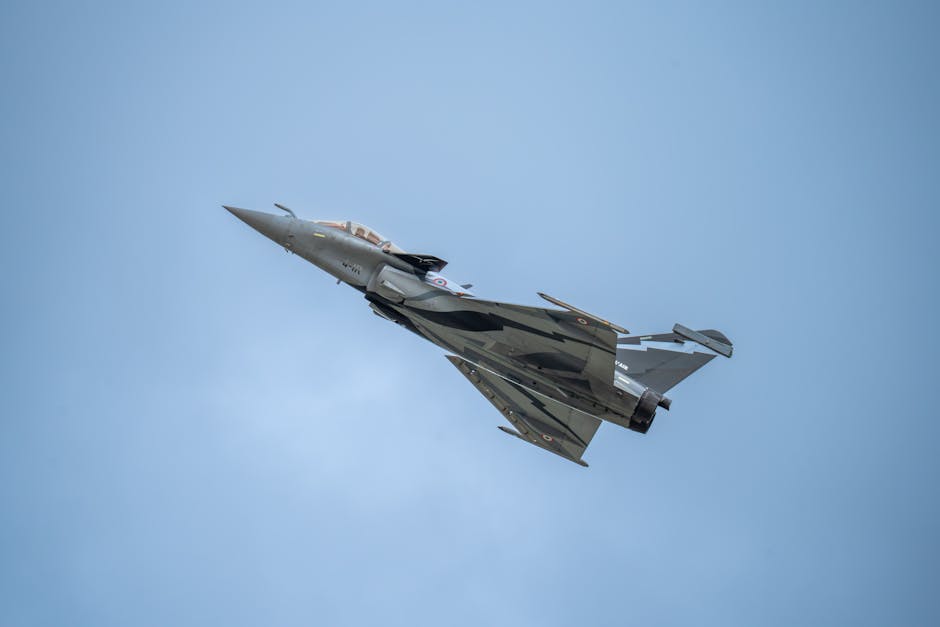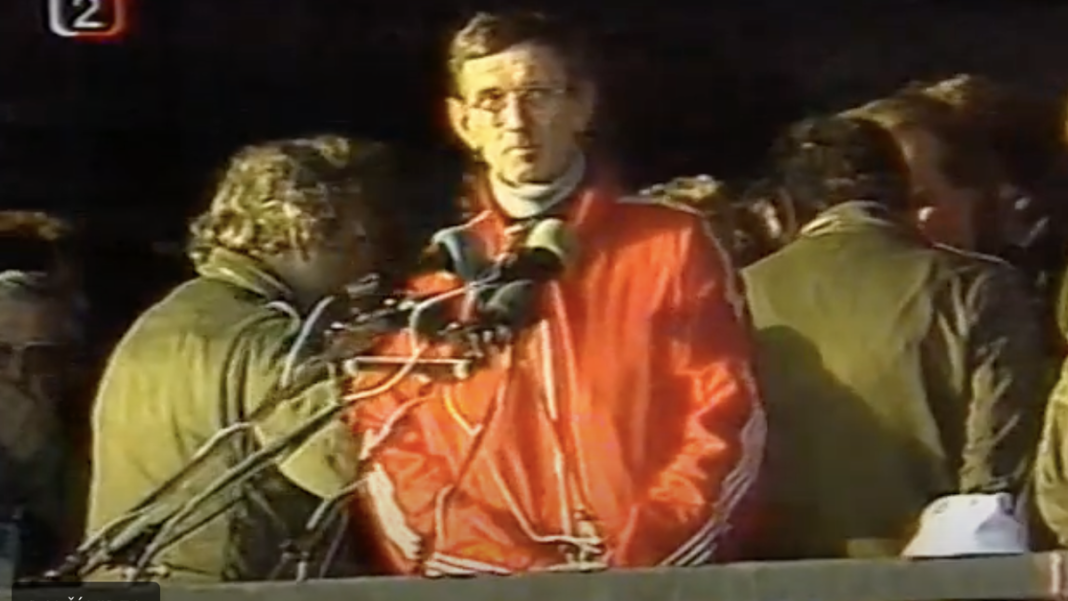The Iran Nuclear Deal, formally known as the Joint Comprehensive Plan of Action (JCPOA), represents a significant yet tumultuous chapter in international diplomacy. Its rise and subsequent challenges reveal much about global nuclear policy and geopolitical tensions.
The Origins of the Iran Nuclear Deal

The JCPOA was signed in July 2015 between Iran and the P5+1—the United States, United Kingdom, France, China, Russia, and Germany. The primary goal of the agreement was to curtail Iran’s ability to develop nuclear weapons in exchange for the lifting of economic sanctions. The deal set limits on Iran’s uranium enrichment and secured comprehensive inspection rights for the International Atomic Energy Agency (IAEA). It marked a significant diplomatic achievement after years of negotiation and tension.
Motivated by a desire to prevent nuclear proliferation in the volatile Middle East region, the deal also aimed at reintegrating Iran into the global economic system. For Iran, the removal of sanctions promised economic recovery and development opportunities, which were heavily stymied by international restrictions.
Challenges and Criticism

Despite initial success, the JCPOA faced significant opposition. Critics, particularly from Israel and some U.S. political factions, argued that the deal did not sufficiently prevent Iran from becoming a nuclear threat. Concerns centered around the “sunset clauses,” which would eventually lift restrictions, potentially allowing Iran to resume its nuclear ambitions.
In 2018, the United States, under President Donald Trump, withdrew unilaterally from the JCPOA, citing violations and inadequacies of the deal. This action led to the reinstatement of U.S. sanctions on Iran, severely impacting its economy. Iran, in response, began breaching certain deal terms, further escalating tensions and uncertainty around the future of the agreement.
Recent Developments

With the change in U.S. administration in 2021, diplomatic efforts were renewed. President Joe Biden expressed a willingness to re-enter the deal, given that Iran returned to full compliance. However, negotiations have been complex and slow, hindered by mutual distrust and a shifting geopolitical landscape.
The involvement of regional powers such as Saudi Arabia and Israel further complicates matters, as these nations express skepticism and demand stronger safeguards against Iran’s nuclear and regional ambitions. Continued discussions underscore the delicate balance of enforcement, compliance, and diplomatic engagement required to revive the deal.
Implications for Global Security

The fate of the Iran Nuclear Deal holds significant implications for global security and non-proliferation efforts. A renewed agreement could stabilize the Middle East and provide a framework for addressing other nuclear challenges in regions like the Korean Peninsula.
Conversely, failure to achieve a diplomatic resolution increases the risk of escalation, both militarily and economically. The international community remains acutely aware of the potential for conflict if Iran pursues a nuclear weapons program or if regional powers act unilaterally in response.
In conclusion, the rise and fall of the Iran Nuclear Deal highlight the complexities of international diplomacy and the continual struggle for balance between security and cooperation. The world watches closely as negotiations unfold, hoping for a peaceful and stable resolution.





